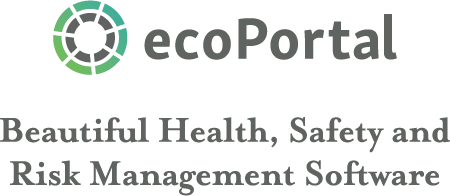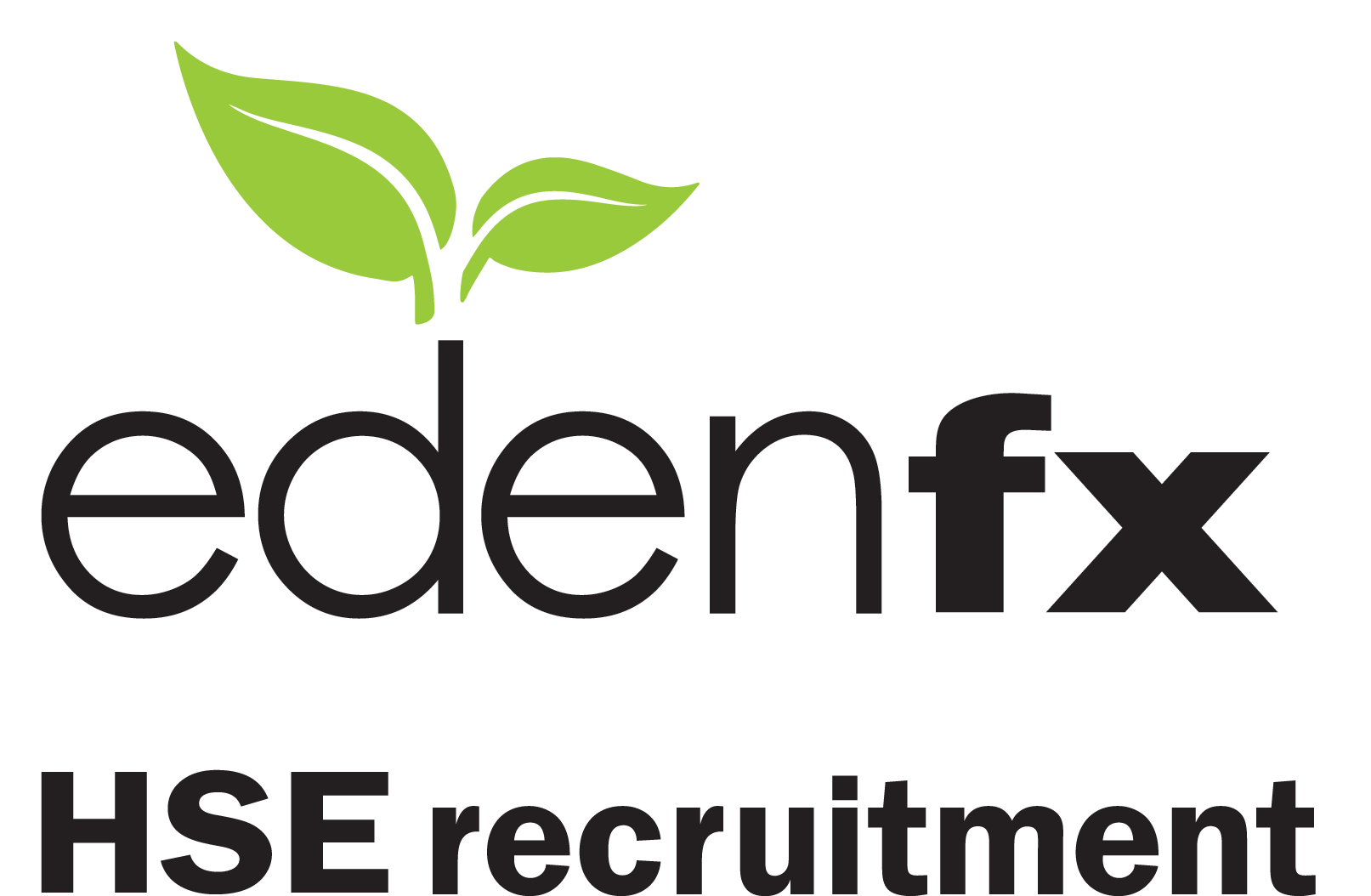
Media Release: Health and safety, ESL and our evolving profession
By NZISM Secretary
18/06/2019

To see a glimpse into the future of our sector, a good person to speak to is Gareth Beck, Health Safety Advisor at engineering and infrastructure company, Aurecon, and a founding member of NZISM’s ESL, the Emerging Safety Leaders group.
Like so many of us in health and safety, Gareth started his career down a different track, first studying Geology in England and then working as an environmental consultant for 9 years.
“My first job was remediating contaminated land - in a congested country like the UK, industrial land can be freed up for residential use and because of long term contamination, companies are remediating their sites before selling on.
“While my focus was the contamination within the ground there were always big risks on-site such as demolitions, excavations and heavy machinery. Looking back, this was the start of my health and safety journey because I learned so much from some of the best professionals in the business and some of the largest companies who had a big focus on safety,” he says.
Newly married, he moved to New Zealand in 2014 and started working as a Geo Environmental consultant. He moved to Aurecon in 2015 before taking on his current role, within the business support unit.
“I’m now two years into this profession and my observations are probably fairly similar to many others - in Aurecon, and probably most other organisations, there is an innate sense of what needs to be done to improve health and safety, but processes and systems are required to draw this out.
“Much of this knowledge is already understood - our role is to turn this intention culture, into one that is truly proactive around safety. Often organisations will know they should be doing more, but it doesn’t move up the business agenda. In a proactive culture, health and safety is just the way business is done.”
Moving from intention to being proactive takes a process, supported by systems, and there has to be safety leadership from the very top management.
“We recently had Aurecon’s new CEO visit NZ and the first part of his speech to the business was about health and safety – he explained his journey and shared why it is essential to him,” Gareth says.
“Leaders in the NZ business are now sharing their safety stories not just about work but about their families too, as “safety moments”. These are both powerful ways to get our safety message across to everyone in the business and really shows how much emphasis we have on it.”
Gareth’s approach is communication, communication, communication - his secret sauce is technology.
“We’ve all been in training sessions where information has gone in one ear and out the other, or may have not entered an ear in the first place. We leave, there’s no magic moment to remember and the lessons and knowledge are short lived. We might remember 10% of it, if we’re lucky.
“Ensuring important information is absorbed, processed and embedded, is a tough task - of course, with health and safety, if lessons aren’t taken on board it can have serious implications.”
Making health and safety training memorable is where Aurecon is using immersing 360 Video and Virtual Reality.
Virtual Reality (VR) creates a whole artificial environment to replace the real one and is best experienced through a headset. It enables interaction with the environment; actions can lead to virtual reactions as they would do in the real world. Whereas, 360 video puts you into real life scenarios and immerses you in a tool box talk, for example, or takes you on a walk through of the site.
“Our view is that immersive and interactive technologies enable people to experience the health and safety messages, and this is what makes them easier to be processed and remembered. This requires play, some games, competition, and having fun failing. It is difficult to re-enact challenging situations in real life so we’ve taken the virtual route.
“VR is total engagement - with a headset you are fully immersed in a health and safety situation and fully engaged.
“When we learn to ride a bike, we do it in a safe place with controls. We couldn’t learn by reading instructions on a screen, in books or someone talking to us about it. Learning to ride a bike involves failing occasionally, learning from making mistakes and becoming better at it.
“This is how people learn, so to use VR as experiential training allows staff to make mistakes and try various scenarios. This helps them to get used to a situation so there’s less stress and they are more prepared for when it occurs in real life.
“Examples can include working at heights, even though it’s a simulation your mind is telling you that you are at height and the fear is there for those who are afraid of heights.
“VR is all about creating experiences so reality is safer,” Gareth explains, “and the results we are seeing at Aurecon show this.
“There’s been a step change simply because we are busier than ever in health and safety, not because of growing numbers of issues but because people are curious and engaged around
health and safety, and this is leading to more questions. Health and safety is becoming part and parcel of day-to-day project management and this is great to see.
“We are clipboard free - it’s about talking, engagement, having a conversation about the good things and the questionable things. It’s the people on-site and out in the field, who have the knowledge so we need to listen in order to change the way we operate.”
Gareth’s sideline passion is supporting the future and newer entrants to the health and safety profession by setting up the Emerging Safety Leaders or ESL, with the help of the NZISM.
“I want to encourage others to see health and safety as a real career choice. This area is becoming more important for all types of work; standards are increasing, qualifications are growing in number and extent, and there’s an emphasis on more Governance responsibility for health and safety. Its remit is also growing to include areas such as mental health and workplace culture.
“One drawback is it can be a lonely profession with many of us working internally for one organisation, or across several, often as sole practitioners – it shouldn’t be the case.
“I am a lucky one and have a great boss in NZ and a network of excellent safety professionals across Australia to reach out to. I want every health and safety professional and practitioner in NZ to be connected and have access to a network of peers, so they can talk about not just complex things but the simple things too. I want those who are interested in health and safety as a career, including health and safety reps, those involved in committees and school or university students, to have a place where they can talk about it as a possibility for their future.
“I also want to create a network for those who are newer to health and safety so they can ask the questions they would not want to raise with a more senior group of professionals. I want the ESL group not to challenge what is there but to offer something different, and appeal more to the new generation of health and safety professionals coming through.”
“The group will also help build strong relationships with peers. Knowing there’s a group where they can learn from each other but also tap into the experience of people who have been operating for longer.”
The group is just three months old and already has five people meeting every month from across the country within the smaller committees in Auckland, Wellington and Christchurch to get the ground work done for larger ESL events later in the year.
Gareth sees health and safety as a profession that will appeal to people who want a career at the intersection of business and care.
“It’s all about growing attitudes towards health and safety, to help people, but also support businesses and organisations. For me personally, if I can say I have changed one person’s perspective on health and safety each day, that is a win but the daily challenge is to change the
next person’s approach and so on. It means that person gets home safe every day and they realise that people depend on you not just at Aurecon but outside work too. People take these lessons with them wherever they go. If we can make workplaces safer, we can make all of New Zealand safer.”

